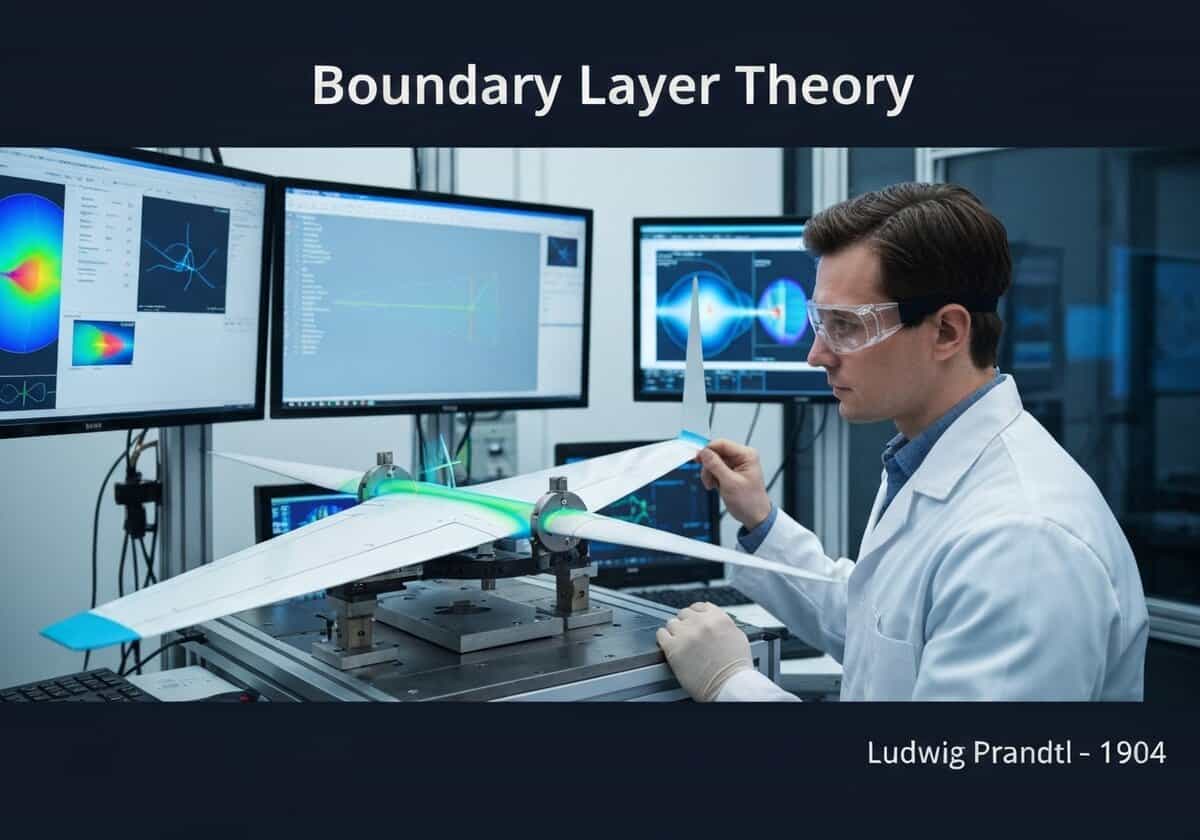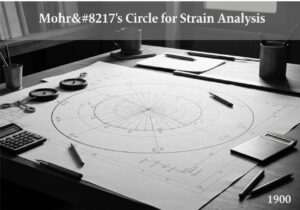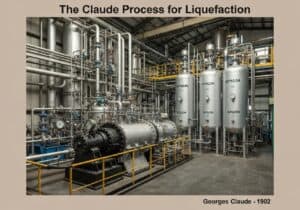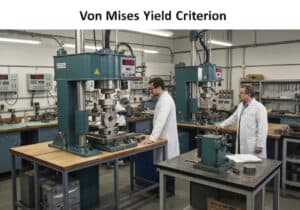The boundary layer is the thin layer of fluid in the immediate vicinity of a bounding surface where the effects of viscosidad are significant. Introduced by Ludwig Prandtl, this concept simplifies fluid dynamics problems by dividing the flow into two regions: the thin boundary layer where viscosity dominates and the outer region where inviscid flow theory can be applied.
Teoría de la capa límite (fluidos)
- Ludwig Prandtl

Ludwig Prandtl’s boundary layer theory was a monumental breakthrough that reconciled theoretical fluid dynamics with experimental results. Before 1904, theory based on inviscid flow (like d’Alembert’s paradox) incorrectly predicted zero drag for objects moving through a fluid, a clear contradiction of reality. Prandtl proposed that the effects of fluid friction (viscosity), while negligible in the bulk of the flow, are critically important in a very thin layer adjacent to the object’s surface. This is the boundary layer.
Within this layer, the fluid velocity changes from zero at the surface (the no-slip condition) to the free-stream velocity at the edge of the layer. This velocity gradient creates shear stress, which is the source of skin friction drag, one of the two main components of aerodynamic drag. The behavior of the boundary layer is crucial. It can be either smooth and orderly (laminar) or chaotic and irregular (turbulent). A turbulent boundary layer has more energy and is more resistant to separating from the surface, but it also creates significantly more skin friction drag. Flow separation, where the boundary layer detaches from the surface, often occurs due to an adverse pressure gradient and leads to a massive increase in pressure drag, which is the other main drag component. Understanding and controlling the boundary layer is a central goal of aerodynamic design.
Tipo
Disrupción
Utilización
Precursores
- Ecuaciones de Navier-Stokes que describen el flujo viscoso
- D’Alembert’s paradox, which highlighted the discrepancy between inviscid theory and reality
- Observaciones experimentales de la resistencia y el arrastre de fluidos
Aplicaciones
- Diseño de carrocerías aerodinámicas como alas de aviones y carrocerías de automóviles para reducir la resistencia
- Análisis de transferencia de calor en motores y refrigeración de electrónica
- Comprender y controlar la separación del flujo
- Diseño de álabes de turbinas y compresores
- development of ‘shark skin’ surfaces for drag reduction
Patentes:
Posibles ideas innovadoras
Membresía obligatoria de Professionals (100% free)
Debes ser miembro de Professionals (100% free) para acceder a este contenido.
DISPONIBLE PARA NUEVOS RETOS
Ingeniero Mecánico, Gerente de Proyectos, Ingeniería de Procesos o I+D
Disponible para un nuevo desafío a corto plazo.
Contáctame en LinkedIn
Integración de electrónica de metal y plástico, diseño a coste, GMP, ergonomía, dispositivos y consumibles de volumen medio a alto, fabricación eficiente, industrias reguladas, CE y FDA, CAD, Solidworks, cinturón negro Lean Sigma, ISO 13485 médico
Estamos buscando un nuevo patrocinador
¿Su empresa o institución se dedica a la técnica, la ciencia o la investigación?
> Envíanos un mensaje <
Recibe todos los artículos nuevos
Gratuito, sin spam, correo electrónico no distribuido ni revendido.
o puedes obtener tu membresía completa -gratis- para acceder a todo el contenido restringido >aquí<
Contexto histórico
Teoría de la capa límite (fluidos)
(si se desconoce la fecha o no es relevante, por ejemplo "mecánica de fluidos", se ofrece una estimación redondeada de su notable aparición)
Invención, innovación y principios técnicos relacionados























